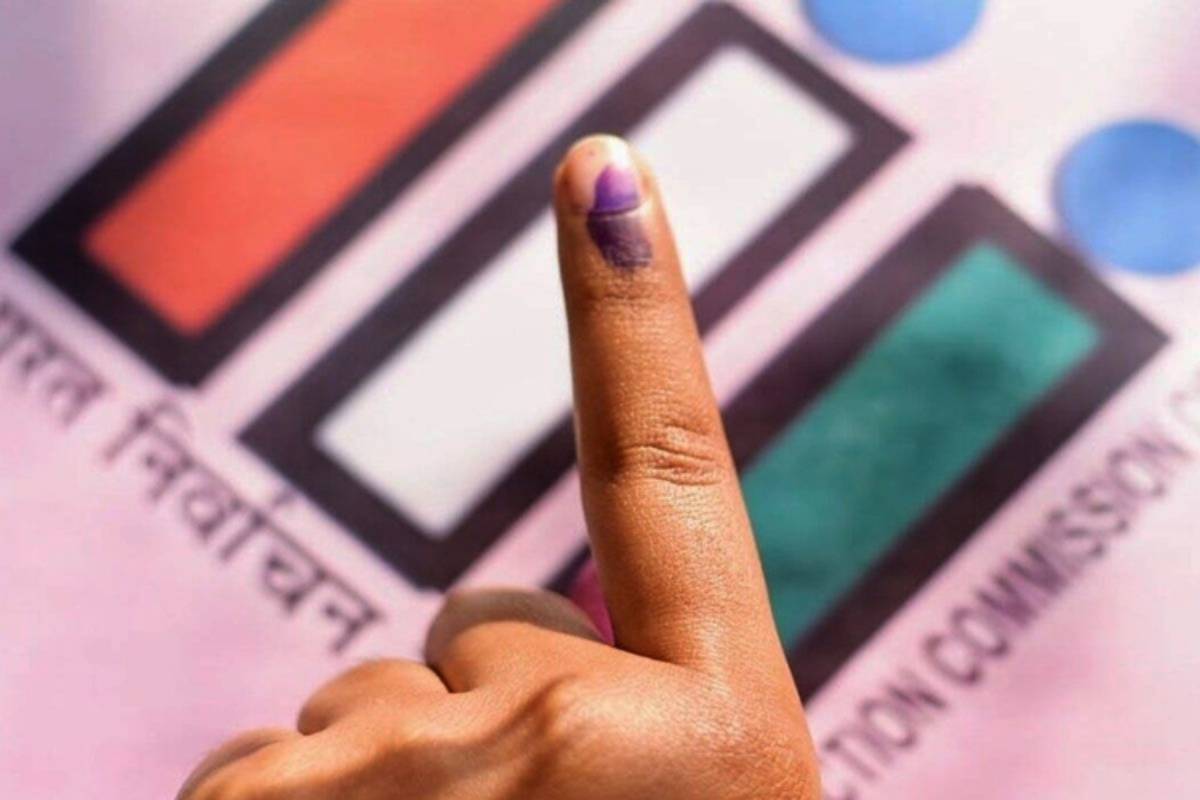National Voters Day: A Comprehensive Guide to the Electoral Process for Empowerment of Voters in India
Related Articles
CSR News: Alakh Pandey Extends Educational Support to SSB Families; Fee Waivers for Wards of Martyrs, Special Scholarships for Children of Serving and Retired...
PhysicsWallah (PW), an education platform, has signed a Memorandum of Understanding with the SSB Wives Welfare Association, Sandiksha, to try and support the education...
CSR News: Over 1 lakh Youth Skilled in Goa
As India gears up to achieve its economic aim of being a $7 trillion economy by 2030, the manufacturing sector is identified as a...
India Reaches 50% Non-Fossil Fuel Power Capacity, Ahead of 2030 Goal
India has reached an important milestone in its clean energy journey, achieving 50 percent of its total installed power capacity from non-fossil fuel sources....


